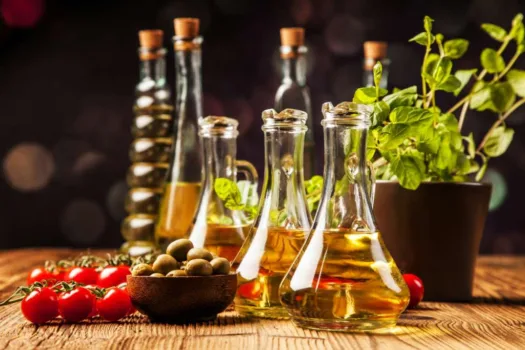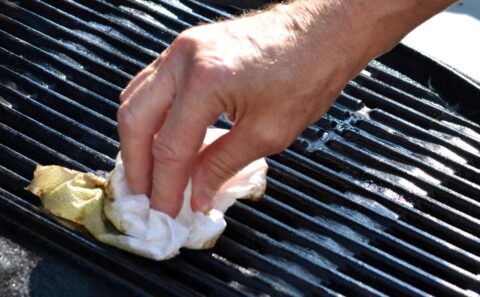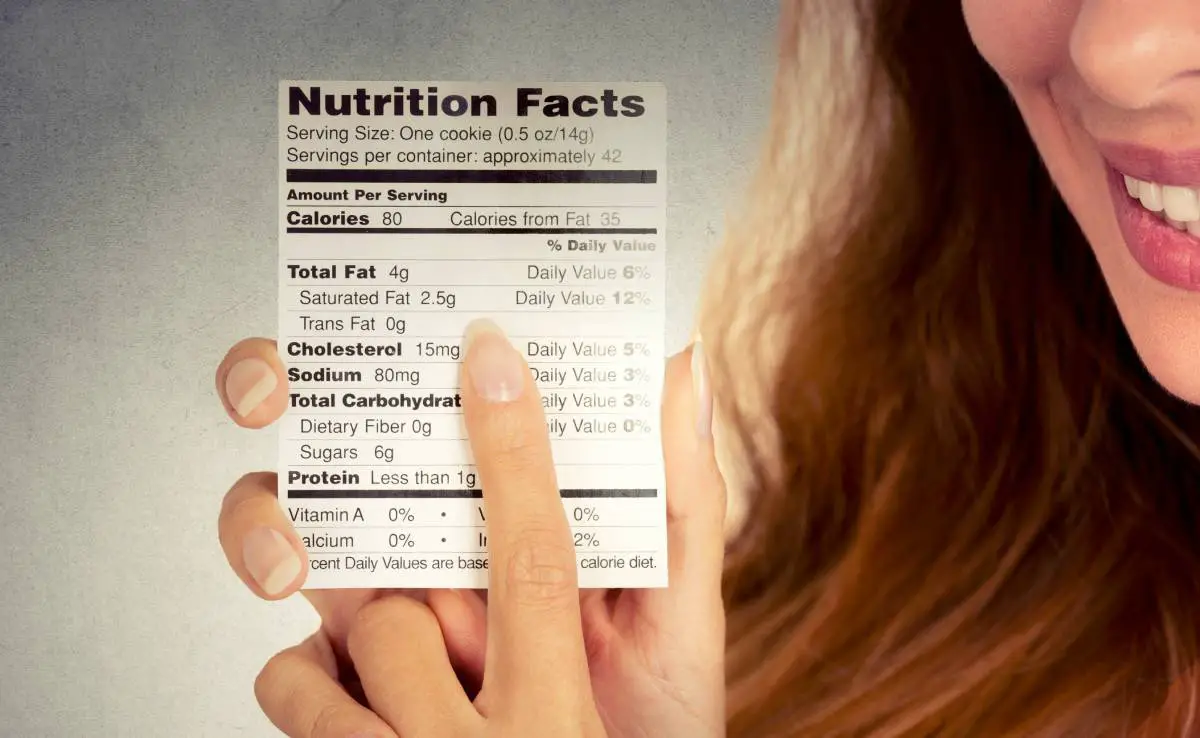
Not all cooking oils are created equal.
In fact, some cooking oils can greatly improve your diet.
Here are 8 cooking oils that are good for you.
The healthiest oils include:
- Olive Oil – adds flavor and reduces the risk of heart disease.
- Canola Oil – has the lowest level of saturated fats and is the cheapest for frying.
- Peanut Oil & Sesame Oil – lower your cholesterol levels.
- Walnut Oil & Flaxseed Oil – have the highest concentration of Omega-3 fatty acids.
Differences In Cooking Oils
Did you know that all cooking oils contain about 125 calories and 14 grams of fat per tablespoon?
However, the percentage of fats (monounsaturated fat, polyunsaturated fat, saturated fat, and transfat) is significantly different in each cooking oil.
In addition to the types of fats in each, cooking oils are primarily differentiated by their “flavor” and their “smoke point”.
- Low- to medium-flavor oils include: canola, vegetable, grape seed, safflower and sunflower oils. These have a very neutral flavor.
- High-flavored oils include: corn, peanut and sesame. These will shape the flavor of your dish to greater degree than the others.
- Oils with a low smoking point means the cooking oil will burn at a lower temperature.
- Those with a high smoking point means the oil is more resistant to the heat and won’t break down at high temperatures.
- NOTE: Smoke points are lower for unrefined oils when compared to refined oils.
Several factors naturally decrease an oil’s smoke point, including:
- Combination of vegetable oils in products
- Presence of foreign properties (batter)
- Temperature to which oil is heated
- Presence of salt
- Number of times oil is used
- Length of time oil is heated
- Storage of oil (exposure to oxygen, light, temperature)
Cooking at high temperatures can damage oils. The more omega 3 fatty acids in the oil, the less suitable it is for cooking. The heat not only damages the fatty acids, it can also change them into harmful substances. Hydrogenated oils are often used for cooking. Because these oil have already been “damaged” by chemical processing, they are less likely to be further damaged by heat.
— Source
Best Oils To Use When
- For stir-frying: avocado, peanut, canola, safflower, and sunflower oils due to their high smoke point.
- For salads: canola, corn, flaxseed, olive, peanut, safflower, sunflower, and walnut oils or any oil low in saturated fat.
- For baking: vegetable oil, olive oil, canola oil because they lubricate the best, yet have a neutral flavor.
- For sauteing: avocado, canola, coconut, grapeseed, olive, safflower, and sesame oils.
- For dipping (with crusty bread), dressings and marinades: flaxseed, olive, peanut, toasted sesame or walnut oils because of their strong flavor.
- For deep frying: avocado, peanut, canola, safflower, and sunflower oils due to their high smoke point.
Deep-Frying Tips
375 degrees F is the normal deep-frying temperature. Since the smoke point of any oil decreases each and every time it is used (for the reasons mentioned above), if you want to save money by reusing an oil as many times as possible, select one with a high smoke point.
Do not use once-used-oil for frying again and again because it becomes carcinogenic. Never add fresh oil to the fried oil. The leftover oil can be used in other ways, but it should not be reused for frying.
Oils will keep from 3 to 6 months when stored in a cool, dark place. If a cool spot is not available they should be refrigerated. Buy small quantities of oils that you use infrequently. Heat, light and time will turn oils rancid. A rancid oil will ruin any dish it is used in.
— Source
Everyday Cooking With Canola Oil
So, the next time you are looking to fry a nice day’s catch of fish, break out a deep cast iron skillet. Once properly seasoned, the even heating qualities of cast iron can’t be beat when cooking with oil.
With a little bit of canola oil in a hot frying pan, your fish will come out nice and crisp. Finish it off in the oven, and you can eat without worry — because you’ve chosen an oil that is actually healthy for you!
This video shows just how quick and easy a healthy meal of fish can be fried up, with just a little bit of canola oil:
Here’s a video with great tips on keeping your oil from splattering
One of my all-time favorite "hobbies" is cooking at home! I especially enjoy experimenting with new ingredients …and different types of cookware. My specialties are foods that are diabetic-friendly, keto-friendly, and low-carb. I share my favorite recipes and cooking tips here at The Fun Times Guide to Food.







